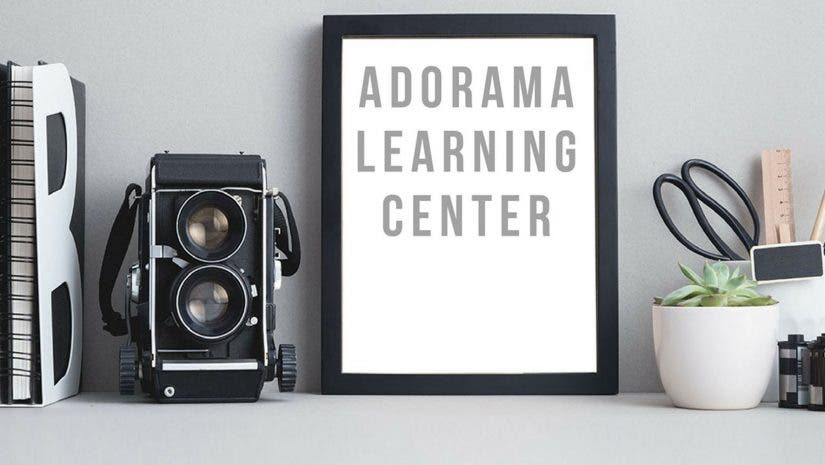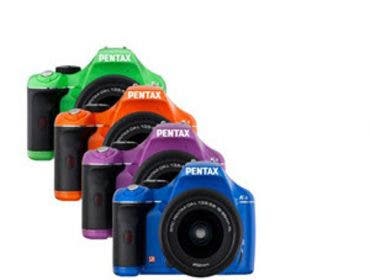Lab test results just published by independent test lab DxOMark.com (and used with their permission) clearly show that, when it comes to image quality, the Pentax K-x offers a noticeably better performance than the K7. How could this be?
DxOMark measures sensor quality by anylizing RAW image data based on thousands of images shot under both lab and “real life” conditions. The results are distilled into quantitative numerical representations—the better to compare results. The major points of comparison are color depth, dynamic range, and the ability to capture images in low light in high ISO settings with minimal noise. DxOMark also measures the camera’s actual ISO sensitivity, which is often not quite in line with the indicated ones. For instance, ISO 100 might be measured as ISO 125.
For the K-x, the top recommended low-light ISO where digital noise artifacts are well enough controlled to produce an acceptable RAW image is 800 (actually, 811). The K7 will only produce good enough images up to ISO 500 (536). That’s a 2/3 stop advantage for the K-x.
The K-x also offers a whopping two extra stops of dynamic range—12.5 stops versus the K7’s 10.6.
Color depth and ISO sensitivity are a dead heat between the two cameras, but the overall DxOMark Sensor rating is 71.9 for the K-x—relatively high for an APS camera, while the K-7 turned in a below-average rating of 61. To put it in perspective, the only other APS camera that has scored that high is the Nikon D5000—another entry-level camera! Interestingly, both the K-x and the D5000 have 12MP sensors, while the K7 has a 14MP sensor. Among all tested APS-sensor cameras, only the 12MP Nikon D90 scored a half-point higher.
So, the top three APS sensor DSLRs, for image quality are (in order):
1. Nikon D90
2. Nikon D5000
3. Pentax K-x
Notice that there are no prosumer or flagship cameras in this short list! The Nikon D300s has a 12MP sensor and is #4, pulling an impressive 69.8, but the 18MP Canon 7D is in the middle of the pack with a 65.8 (although to its credit, its low-light ISO rating is over 800).
What does this mean? Well, if you’re going to shoot with an APS DSLR and quality is the only thing that matters to you, don’t be dazzled by those impressive 14, 16 or 18-MP resolutions. You can make poster-sized prints from 12MP files, so all those extra pixels are not really necessary and as the test results are showing, may actually limit your camera’s ability to capture a wide range of tones, especially in low light, when shooting RAW.
Pixel Peeping Put in Perspective
Of course, pixel-peeping shouldn’t be the only basis for buying a camera. the K-x isn’t waterproof like the K7, for instance, and that could tip you towards the more pricey model. Along with ruggedness, capture rate, AF responsiveness and so many other factors, these image quality tests are just one important factor to think about when pondering a new camera purchase.




